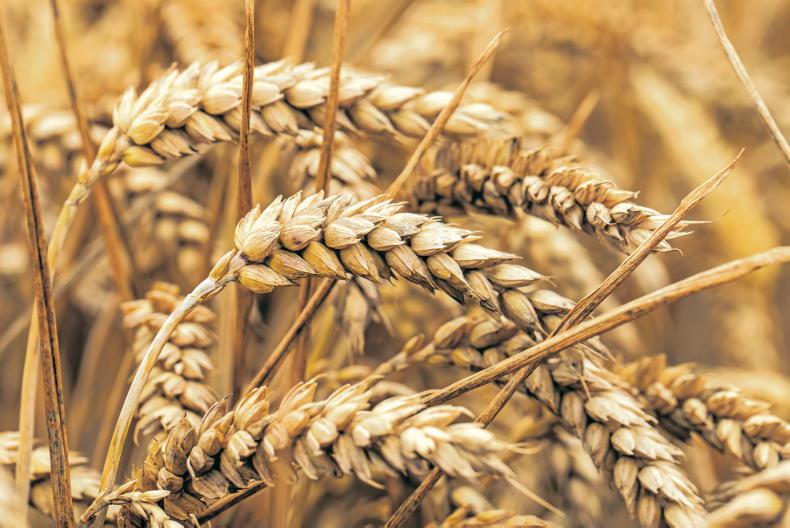Grain prices have seen yet another week of wildly fluctuating futures prices. MATIF wheat moved to a new recent high of €365/t for December 2022 on Monday of this week, having fallen back to close at €348/t on Friday last, similar to the close of €349.75/t on the previous Tuesday.
Black Sea tensions were a significant driver of Monday’s price escalation this week. The weekend bombings and missile attacks added new uncertainty and precipitated a price rise of over €16/t on Monday. The December contract settled at €364.25/t on that day.
However, prices weakened again on Tuesday when the December 2022 contract settled at €356/t to lose about half the previous day’s gain.
Other influencing factors
Fears over the impact of global recession continue to influence global markets, with fears of what it might do for demand.
Currency also continues to be a factor in markets and the strong dollar may well impact on US export potential, especially for maize.
The US maize harvest is progressing well, with an estimated 31% completed on Tuesday of this week, as well as 44% of its soya bean crop.
The next USDA World Supply and Demand Estimates (WASDE) is due out this Wednesday. Some independent analysts expect further reduction in US maize yield and production, which could again influence prices.
There will also be considerable interest in the demand side of that report, given current recessionary pressures. If demand is squeezed, what looks like a very tight supply situation today could turn into a surplus.
The WASDE estimates for certain Black Sea producers will also be of considerable interest, as truth is always the first casualty of war.
The escalation of hostilities in Ukraine is again adding uncertainty over the continuation of the Black Sea corridor for Ukrainian grain exports. This is officially due to end on 22 November.
There are also rumours that Russia itself is considering cancelling its grain export quota on its bumper wheat crop.
Native prices
As was the case through much of last year, wheat markets are being driven by demand for milling wheat.
However, wheat here must compete with other feed grains, hence it is much less influenced by recent big movements in futures markets. Its direct competition is with imported alternatives and maize.
Nearby physical prices have been hit by the volatility, with wheat in the €350 to €360/t range in the past week. This is somewhat higher than last week, but barley remains in the €340 to €345/t bracket.










SHARING OPTIONS